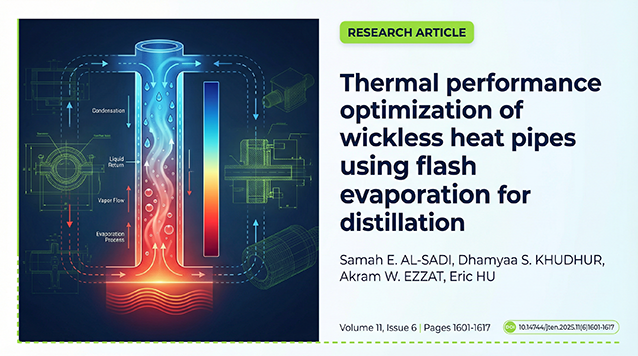2Department of Mechanical Engineering, Sambhram Institute of Technology, Bengaluru, 560054, India
3Ramaiah Institute of Technology, Bengaluru, 560054, India
4Department of Mechanical Engineering, Ramaiah Institute of Technology, Bengaluru, 560054, India
Abstract
In spite of the surge in solar and wind energy in the recent years, the IC engines, particularly the diesel engines may be expected to stay on for the next 30 years at least. In this context, it is imperative to find alternative fuel sources for petro diesel, at least in part. Inedible oil based biodiesels are one good option for India. There is a slight decrease in performance of a diesel engine when run with biodiesel blends. It is also feared by some that pollution from exhaust gas by using biodiesel blends may be higher.
This paper summarizes the results of experiments carried out on biodiesel blends with diesel to determine the amounts and particle sizes of carbon particulate matter emissions in engine exhaust. Blends of two esterified oils, viz., Honge (Pongamia Pinnata) and Jatropha, with petro diesel were used to operate a single-cylinder, four-stroke diesel engine. Blend ratios used were 5%, 10%, 15%, and 20%. The carbon particles in exhaust were collected on an INDICA filter paper for 5 minutes. The carbon content was ascertained by the standard procedure, and the size of particles was found by microscopic examination. Further ANOVA of the data was car-ried out separately for the Honge and Jatropha blends. The results from the experiments are clear and interesting. Both Honge and Jatropha blends increase the amount of carbon particulates in engine exhaust when compared with diesel. Car-bon particulates increase with increase in load on the engine. Increase of blend ratio generally increases the carbon in exhaust in case of Jatropha blends. The behaviour with Honge blends is different. While blend H5 has highest carbon in exhaust at low loads, at high loads, H10 has the maximum carbon in exhaust.
Blending with Honge or Jatropha biodiesel increases the carbon particle size in exhaust. While the size of carbon particles with diesel is < 20 µm, it is > 20 µm with all blends, increasing with load or blend ratio. In all cases, lower loads result in finer carbon particles in exhaust.
The study helps in concluding that both Honge and Jatropha blends could be used in diesel en-gines, Honge being superior. Though the PM level in the exhaust will be higher with blending, the particle sizes will be much larger and hence causing less health hazard. Further, idling (no load), or low loads should be avoided since these result in smaller carbon particles.























